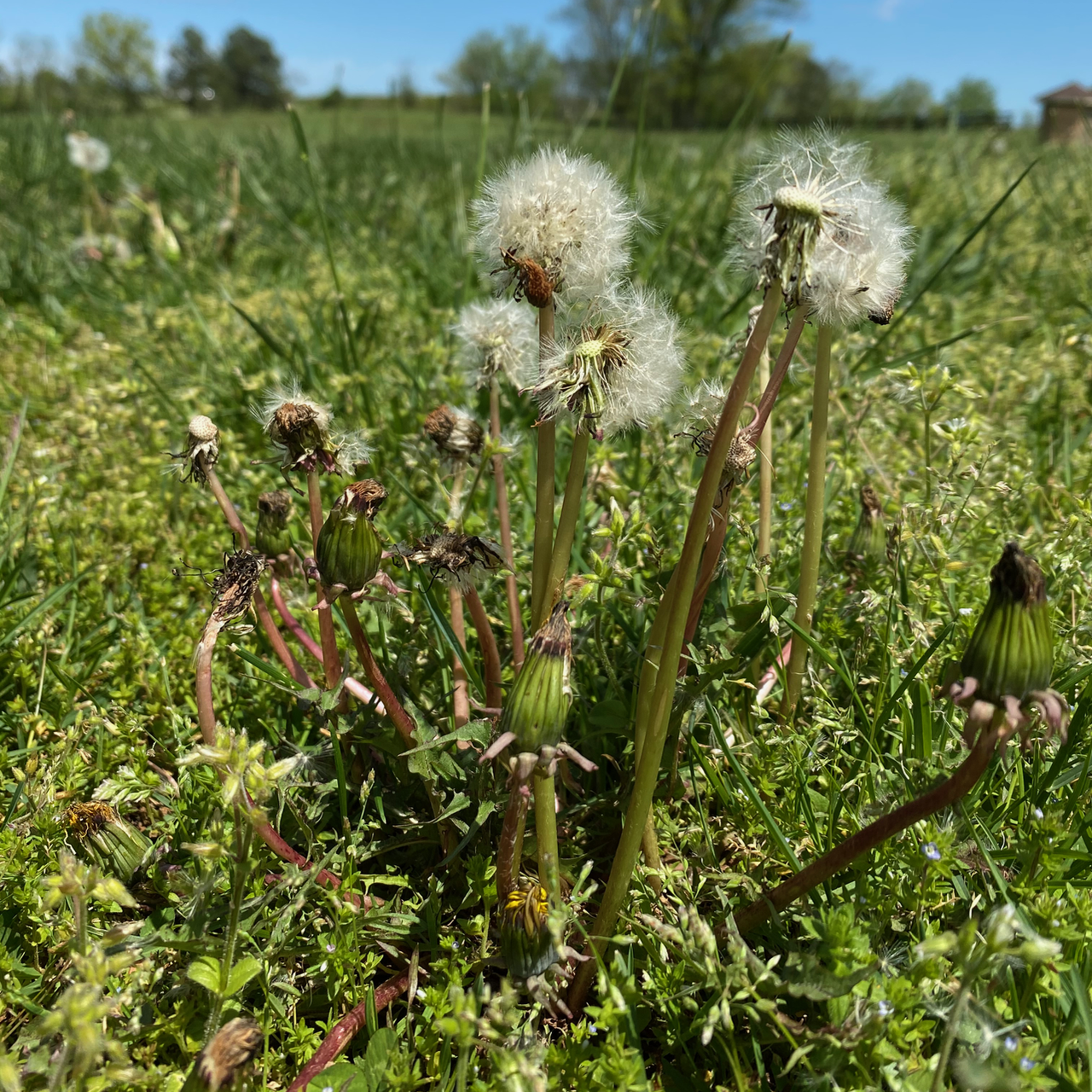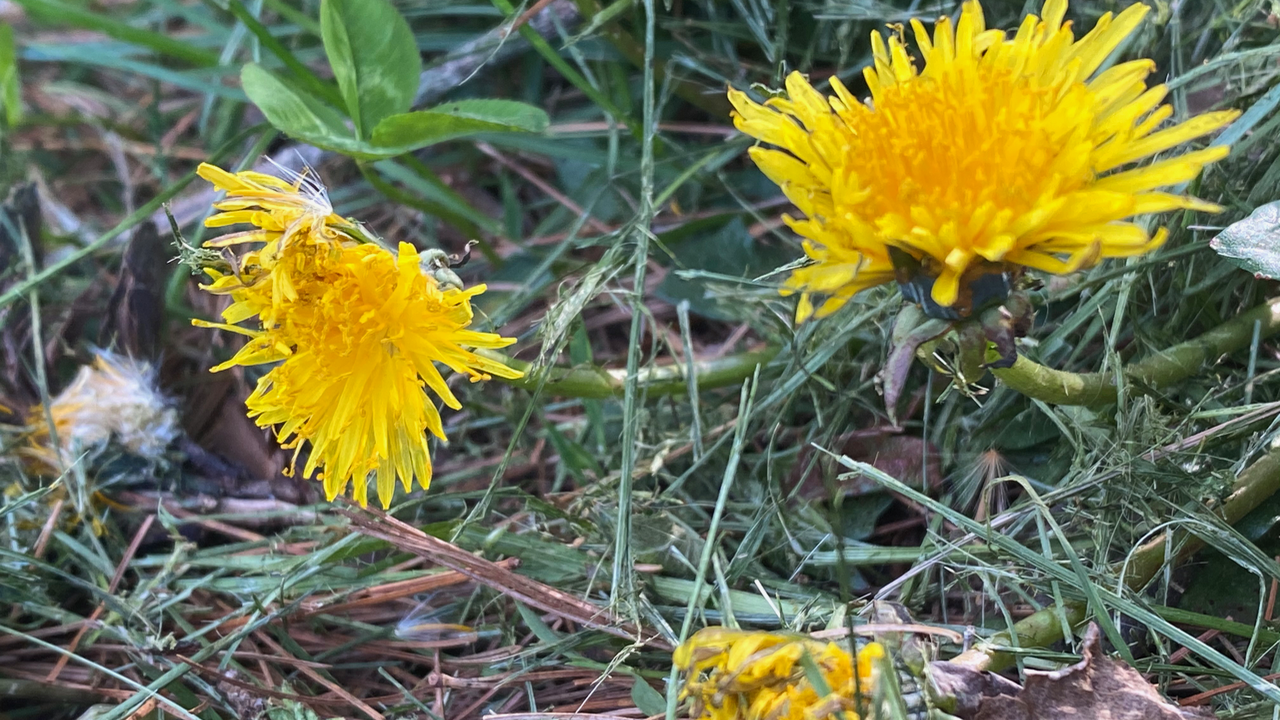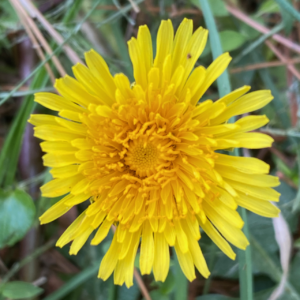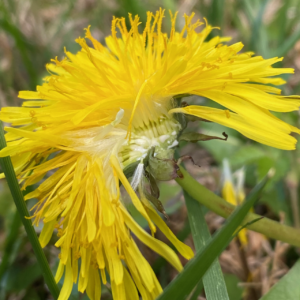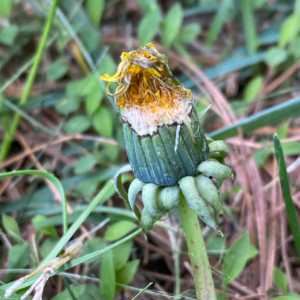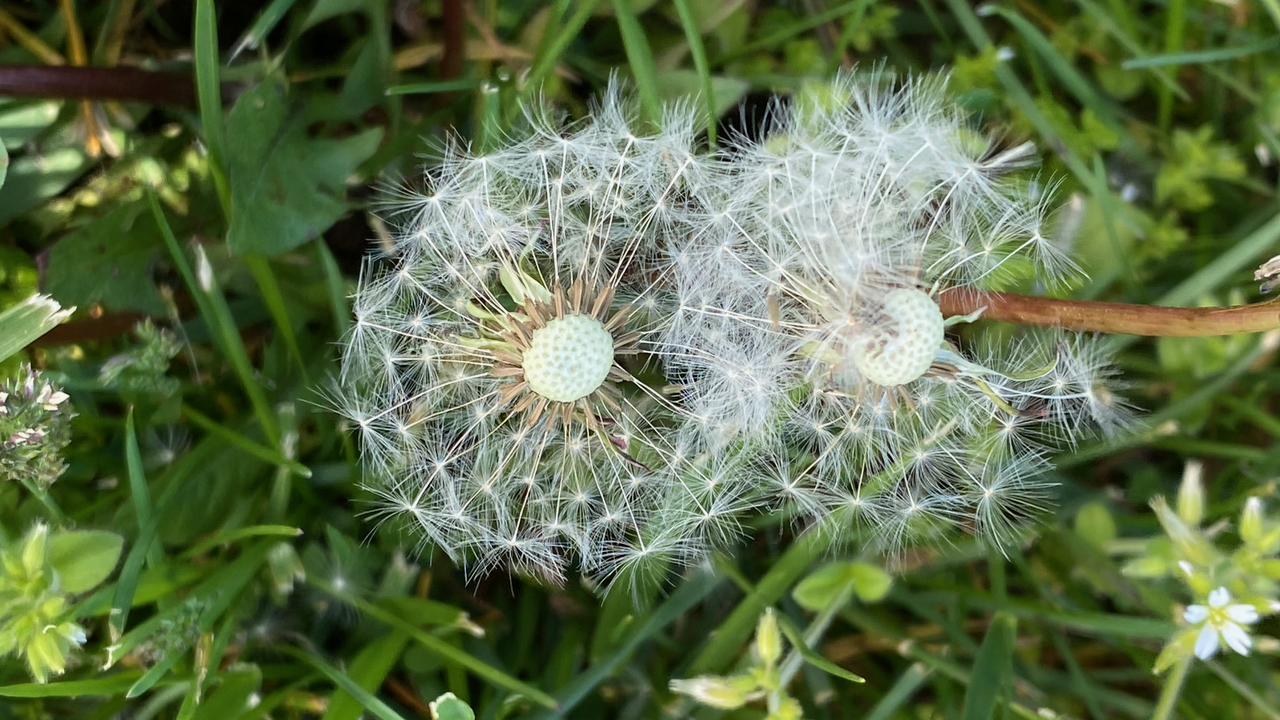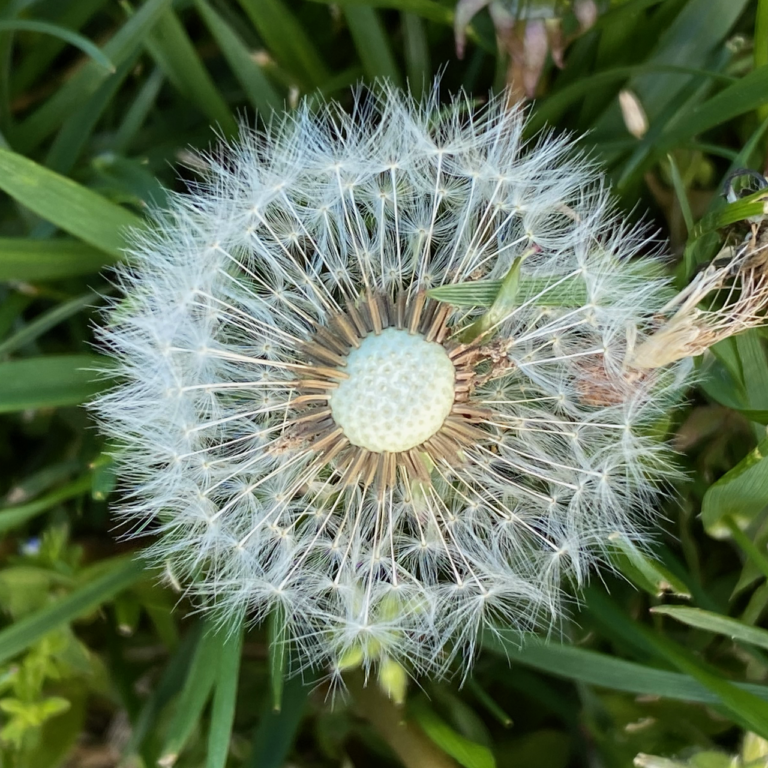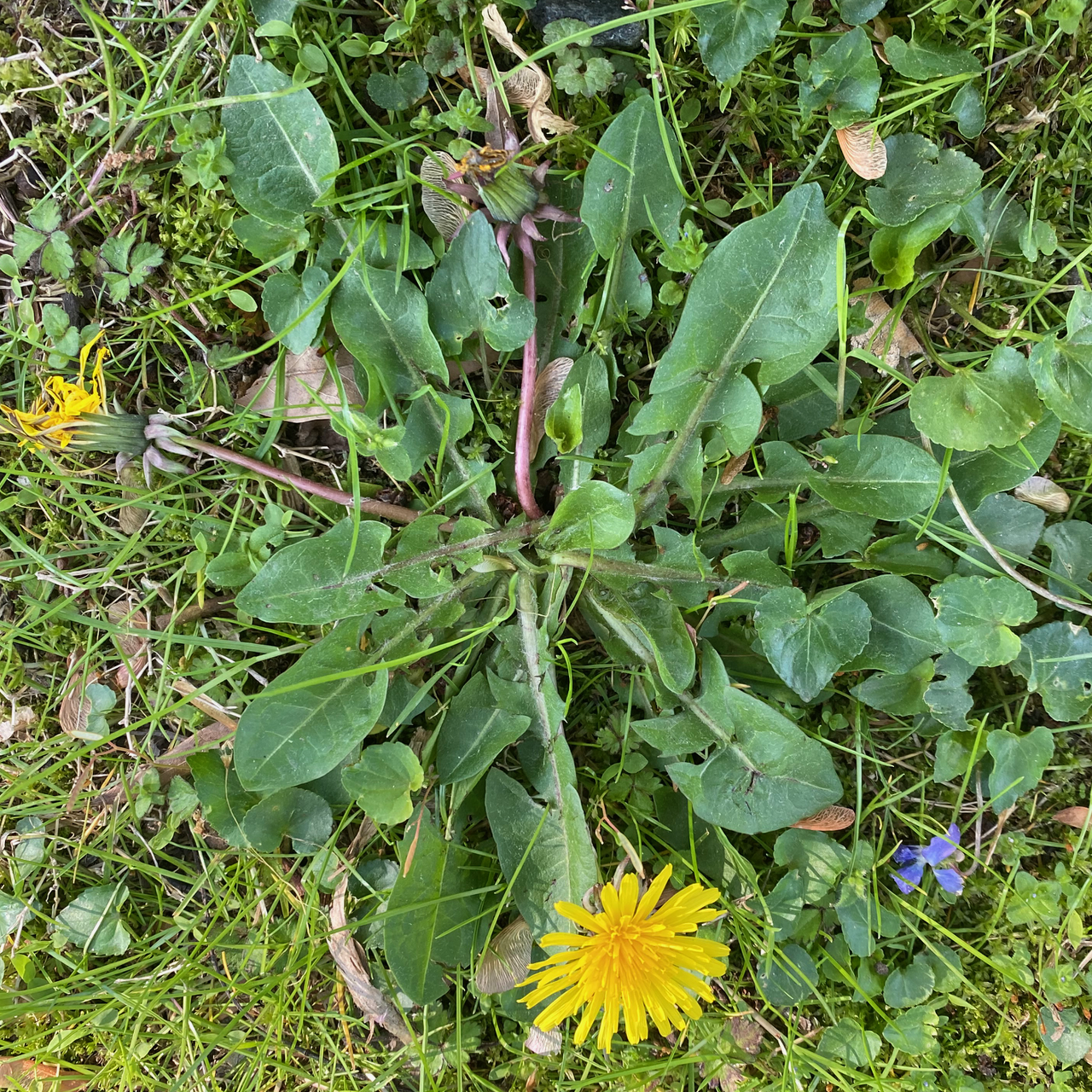I think almost everyone knows what a dandelion looks like. Most people consider it a weed. Weeds are usually noxious or unwanted plants. It is kind of an arbitrary designation. For that reason, I decided to do some research on dandelions. Plus, I have some dandelion tea in the cabinet. I can’t remember why I bought it. Continue reading to find out the value of dandelions and some interesting facts.
Basic Scientific Plant Info – Common Dandelion
Dandelions are vascular plants that produce seeds. Their lovely yellow flowers are quite complicated. They are in the same family as sunflowers. Officially, that family is Asteraceae ⁄ Compositae. It includes hundreds of common plants including zinnias.
I never thought about dandelions and sunflowers being similar, however it makes sense. If you observe dandelions flowers, they open and close with the sunlight.
Dandelion Flowers
The dandelion flower is interesting. It is not one flower. In the science world, each petal is a flower. The bloom is a composite of many individual flowers called florets. Each petal has a seed. It is certainly more complicated than it looks! The stigma rise above the petals. Pollen is on the stigmas.
Between the stem and base of the flower is the involucre. It is a ring of bracts. They look like sturdy green petals. Bracts have two functions. First when bent down, they protect the flower from insects. Second, when extending up, they support the flower. This is important because the flower eventually produces the seeds. Seed production must be protected to ensure survival.
Dandelion Seeds - Reproduction
All flowers mature and die. Preparing to reproduce is a complicated process. First the yellow florets close up when they die. They are blown away or fall off. The bracts close up around the remaining seeds, stalk, and willowy white hairs. Over time, the willowy hairs open up. The plumed white tops are called pappus. They form the characteristic dandelion puff ball. Next, the wind takes over. It blows the tufts and seeds to new locations. Finally, spike covered seeds land and germinate. Like magic, new dandelions are born. What a complicated amazing process for a weed! Certainly not as complex as rusts, but a close second.
Dandelion Uses
Dandelion potentially has lots of value. If prepared correctly, the entire plant can be eaten. Some compare its nutritional value to kale and spinach. It seems like a panacea. Remember human research is limited. Anyway, here are some common benefits of the plant. First it cleanses the liver. It is also a natural diuretic. Second, ever hear of vitamin K? It is a great source of vitamin K, A, and C. The leaves are full of fiber,. Dandelion products have a high antioxidant value. Dandelion is an easily available herbal remedy. Do a lot research and consult your physician before ever trying anything.
References:
Brian Johnson wrote “A Close-up View of the Wildflower ‘Dandelion”. There are excellent photos.
The United States Department of Agriculture produces great fact sheets. Here is the one on dandelions.
